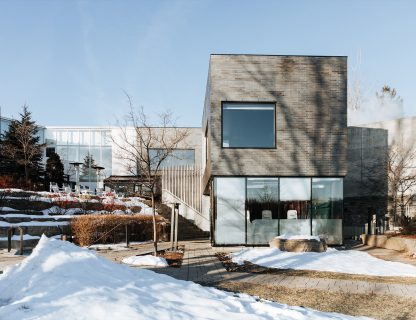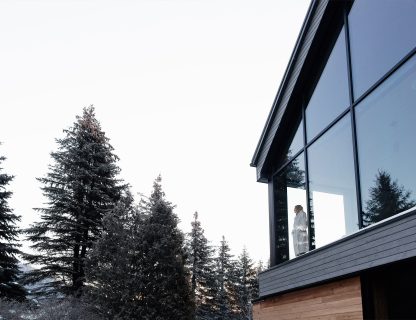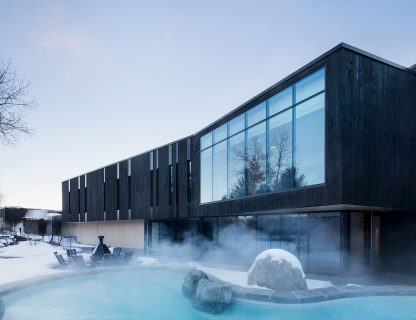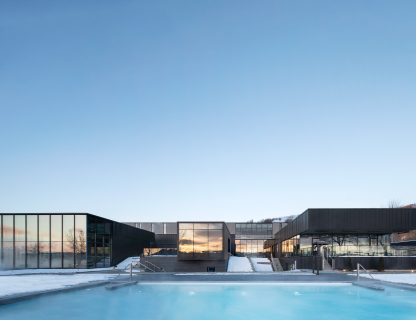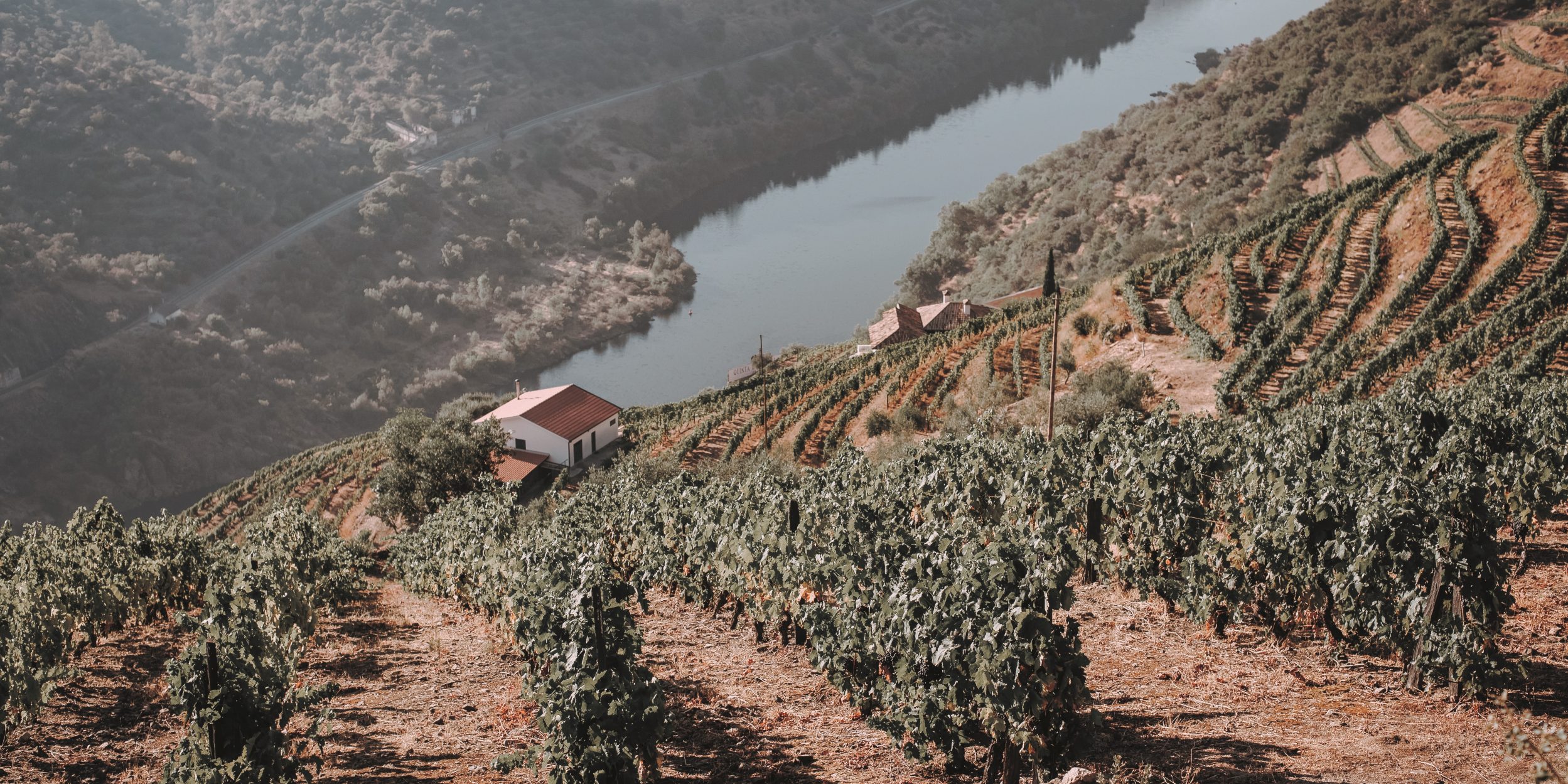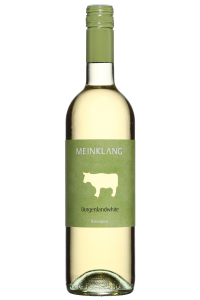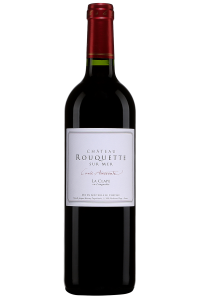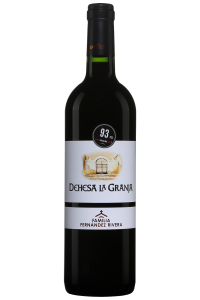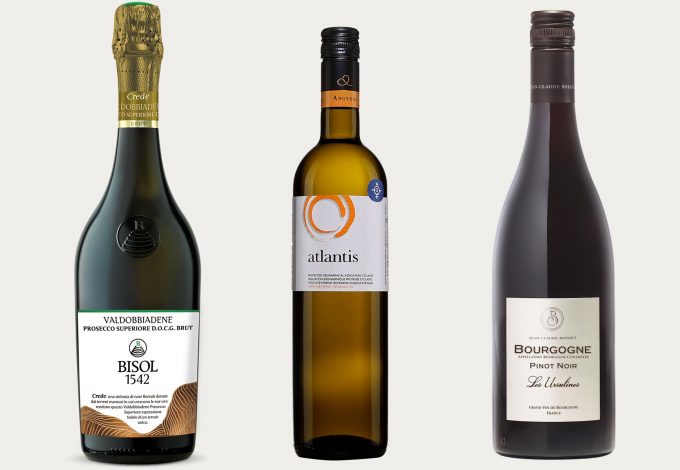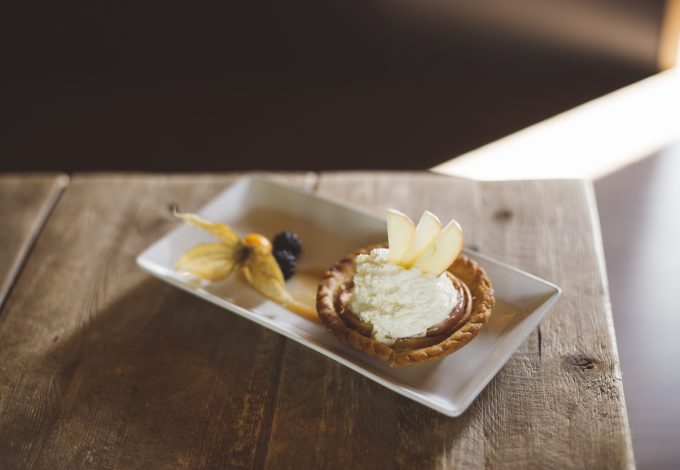WATER — Vital and irreplaceable, it is the common denominator of all forms of life on Earth. Its absence, as well as its excess, can wreak havoc, and wine production is no exception to this rule.
Unsurprisingly, the vine’s water supply is decisive when it comes to the growth and photosynthesis of the plant. Among other factors, the availability of water can determine both the quantity and quality of a harvest and —consequently—of the wine.
TOO MUCH WATER
Excess precipitation can be a source of many headaches for a winemaker. Water affects the acid-sugar balance, a decisive factor in the excellence of a wine. Too much water can increase the yield of the vine. It then produces more fruits, but these lose acidity, an essential element in the balance of a wine. They have a lower sugar concentration and are somewhat “diluted.” Excess water can also create major problems in terms of crop protection, such as the appearance of fungi, including powdery or downy mildew, which are devastating vine diseases.
Too little water
An intense drought also brings its share of challenges. Pronounced and prolonged water stress leads to physiological dysfunctions. The lower leaves turn yellow, red, or brown; the ripening (the moment when the grapes take on their colour) arrives late; and the grapes wither. Photosynthesis, transpiration, and maturation are slowed or even completely stopped. The yields and the quality of the grapes are adversely affected. As you can see, the impact on the harvest can be catastrophic.
how much, then?
Although essential during all its stages of development, the vine’s water needs vary according to the stage. It is between bud break (the emergence of the leaf) and flowering, and then during harvest, that water availability is most important. This water may have been stored in the soil during winter precipitation or—in the case of more draining soils—come from welcome rainfall. Between ripening and harvest, it is preferable for the vine to be under moderate water stress. In other words, the vine should lack water…but not too much! Although this deficiency, if reasonable, leads to a decreased grape size, above all, it allows for an increased concentration of the desired components in the fruit, such as sugar, flavours, and acidity.
These extreme weather events are becoming increasingly numerous. Rainy vintages are more disturbed by downpours, and drought years are more intense than before. Climate change leaves little room for wine makers to manoeuvre. While we can’t stop the rain from falling, there is a solution to mitigate water shortages: irrigation.
Spain is the champion in this field: nearly 40% of its wine growing area is irrigated. Although controversial, irrigation has the advantage of guaranteeing yield and quality. Each appellation has strict specifications on this subject. For example, for AOCs from France, an exemption request offers the possibility of irrigating between May 1 and August 15, after which all irrigation is prohibited until the end of the harvest.
Heavy rains and droughts aside, water can also play an important role in a region’s microclimate. Moselle, Rhône, Douro, Gironde, Loire, Lake Garda, the Mediterranean… The most observant among you may already know that rivers, lakes, and seas are located in the heart of the most iconic wine growing regions in the world. And their role goes far beyond creating a postcard-worthy landscape.
Rainy vintages are more disturbed by downpours, and drought years are more intense than before.
RIVERS
Steeply sloping terraces are a common denominator of the vineyards located on the edges of major rivers. Since cold air is denser than hot air, it will be concentrated at the bottom of the slope. The vines are comfortably protected from the springtime frosts. Water also has the quality of reflecting the sun’s rays and heat onto the vines.
LAKES
Water takes longer to heat up and cool down than any other substance. For example, the temperature of the water in a pool rises much more slowly than that of the air during the day, but it remains warm as night falls and the air is once again cool. The same principle is reproduced on a large scale. We’ve all seen a steaming lake in the early morning. And the vines nearby store this heat! Not only does the presence of a lake make the climate more temperate, but it also helps lengthen the ripening season. Conversely, a lake in a very hot region can help moderate the temperature.
OCEANS
Although proximity to the sea carries risks for viticulture (humidity, rain), vineyards in warmer climates can thank the cold currents, cool breezes, and marine fogs, which help preserve the essential acidity present in the fruits. The sea can even bring a certain salinity to the vines—an added bonus!
MEINKLANG, AUSTRIA, BURGENLAND
13631119 — $17.15
Organic/biodynamic
You’ve undoubtedly already seen the wines of the popular Austrian estate Meinklang on the shelves of your local SAQ, recognizable by the cow on the labels. This vintage is a blend of Muscat and local Grüner Veltliner and Welschriesling varieties. One of the unique features of the estate is its proximity with Lake Neusiedl, the largest lake in Austria. Not very deep, this lake captures heat during the hot season and redistributes it at night and at the end of the season. The result? Fresh, juicy, and harmonious wines such as this white, where green apple, peach, white pepper, and lime delight the palate!
CHÂTEAU ROUQUETTE SUR MER, CUVÉE AMARANTE, LA CLAPE
713263 — $19.90
The La Clape appellation takes its name from an ancient island that has now become a massif that stretches over 17 kilometres long and seven kilometres wide, and which overlooks the Mediterranean from the top of its 214 metres. The 13 winds that blow over the plateaus that slope toward the sea relentlessly chase the clouds away, making La Clape one of the sunniest climates in France. With its typically Languedocian blend of Grenache, Syrah, Carignan, and Mourvèdre, as well as its full and tasty mouthfeel reminiscent of garrigue, pepper, and ripe berries, Cuvée Amarante is a staple of the appellation.
FAMILIA FERNÁNDEZ RIVERA, DEHESA LA GRANJA,
RIBERA DEL DUERO
928036 — $20.85
The Duero is a river that has its source at over 2,000 metres above sea level in Spain and crosses the north of the country until it reaches Portugal (where it becomes the Douro) and finally empties into the Atlantic. Downstream, it digs into the Portuguese hillsides that rise up to 700 metres on both sides of its bed, and upstream, its presence tempers the climate of Ribera del Duero, where the reputation of Alejandro Fernández has long been established. Here, this master of Tempranillo offers a vintage rich in substance with plenty of flavour and character, where the barrel aging appears with delicacy. Attractive for the price.
